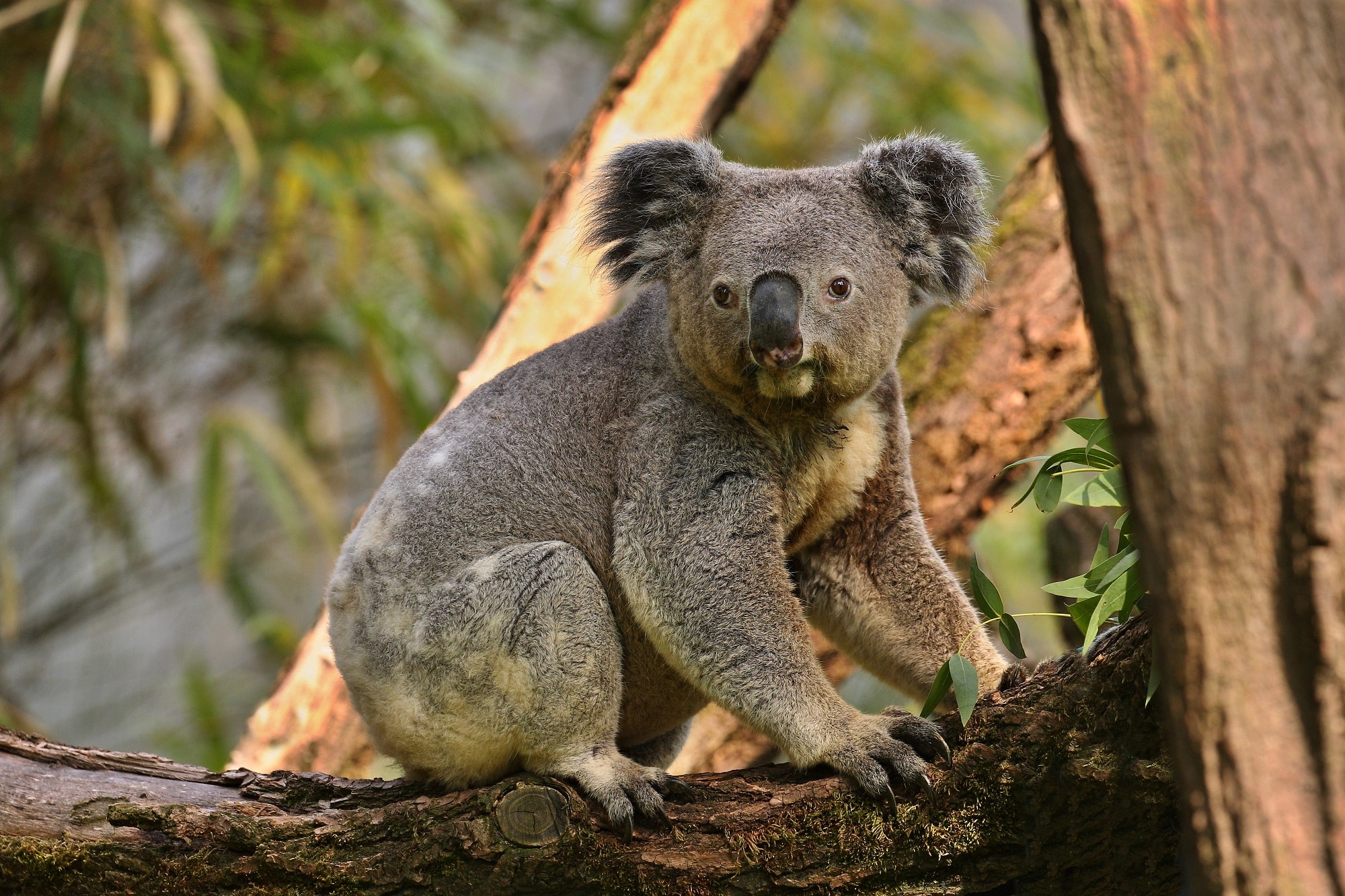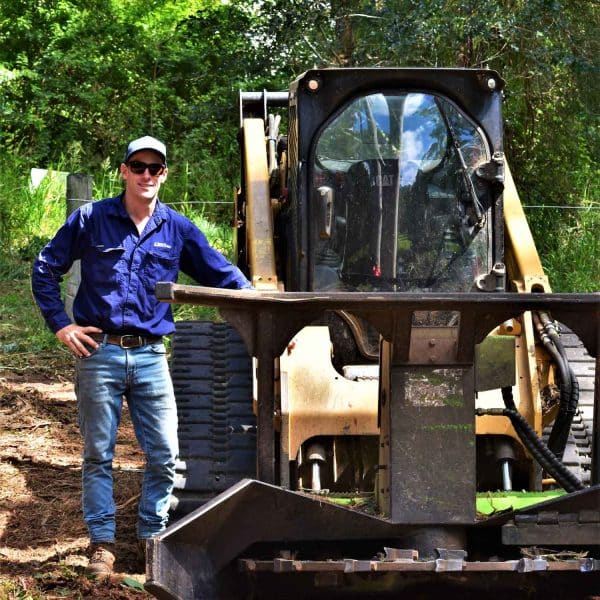Natural habitat protection is a cornerstone of wildlife conservation. Nowhere is this more evident than in Queensland, Australia. The region is home to diverse habitats. Ecosystems range from lush rainforests to vibrant coral reefs. Each teems with unique species.
But it is also home to many endangered species. Preserving these natural habitats is crucial for maintaining species diversity. This includes many endangered or threatened species and preventing species extinction.
Key takeaways 
- Queensland habitats face many threats from human activities.
- Marine habitats are particularly vulnerable to many different threats.
- There are many projects underway to preserve and restore Queensland’s natural habitats.
- Deforestation, overfishing and climate change effects are significant problems for habitat conservation.
- Conservation biology and habitat corridors are helpful tools for protecting high-value habitats.
- Habitat conservation extends beyond preserving natural resources. Indigenous cultures also depend on a healthy environment.
Threats to habitat conservation
Queensland’s habitats face many threats, primarily driven by human activities. Habitat destruction, degradation, and habitat fragmentation are significant challenges. These destructive processes often result from deforestation, commercial fishing, and climate change impacts. Many of Queensland’s endemic species are at risk due to habitat loss. This loss can lead to a decline in species and biodiversity.
Marine habitats, such as the Great Barrier Reef, are particularly vulnerable. Overfishing, pollution, and climate change-induced warming and acidification are big issues. They are causing significant damage to these sensitive habitats. This threatens marine life, including many fish species and marine species. It undermines these habitats’ ecosystem services, such as carbon sequestration and coastal protection.
Habitat protection and restoration efforts
Many habitat conservation efforts are underway in Queensland in response to these threats. These include establishing protected areas like national parks and marine protected areas. These safeguard critical habitats from destructive human activities.
Habitat restoration is another crucial strategy. It involves the repair of damaged habitats to restore their ecological functionality. For instance, reforestation projects are underway in Queensland’s tropical rainforests. This can help to reverse habitat degradation and fragmentation.
A habitat conservation plan is also an essential tool in Queensland. These are comprehensive plans developed by private landowners. Landowners often work with the Queensland government. This helps them protect and manage habitats on private land. These plans are essential in regions where much of the land is privately owned.
Conservation biology plays a key role in these efforts. Conservation biologists can identify high value areas by gathering and analysing scientific data. Such areas include biodiversity hotspots. They can then develop strategies to protect them. These strategies aim to maintain habitat diversity. They preserve many species rather than focus on one species.
Habitat corridors are another innovative conservation tool. These strips of land connect isolated islands of habitat. This allows migratory species and other species to move between them. This can help to maintain biological diversity by preventing the isolation of populations.
Indigenous conservation
But habitat protection is not only about preserving natural resources for future generations. It also recognises the fundamental relationship between people and nature. Many habitats in Queensland have high cultural value. This includes areas such as those used by Indigenous Australians for millennia. Protecting these habitats helps preserve local cultures and their knowledge.
Conclusion
In conclusion, habitat protection is vital for the survival of Queensland’s unique wildlife. It preserves biodiversity and maintains ecosystem services. Protection requires a multifaceted approach. This involves habitat conservation, habitat restoration, and the protection of endangered species. By protecting habitats, we can ensure the survival of Queensland’s diversity of life. This will secure a sustainable future for all living organisms.
East Coast Mulching understands the importance of protecting our natural habitats. If you’re looking for sustainable land management practices, forestry mulching can help. Contact us today for a free quote.










